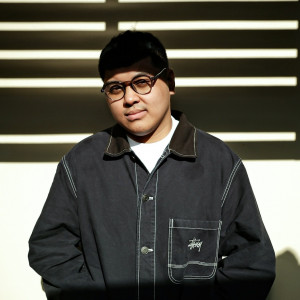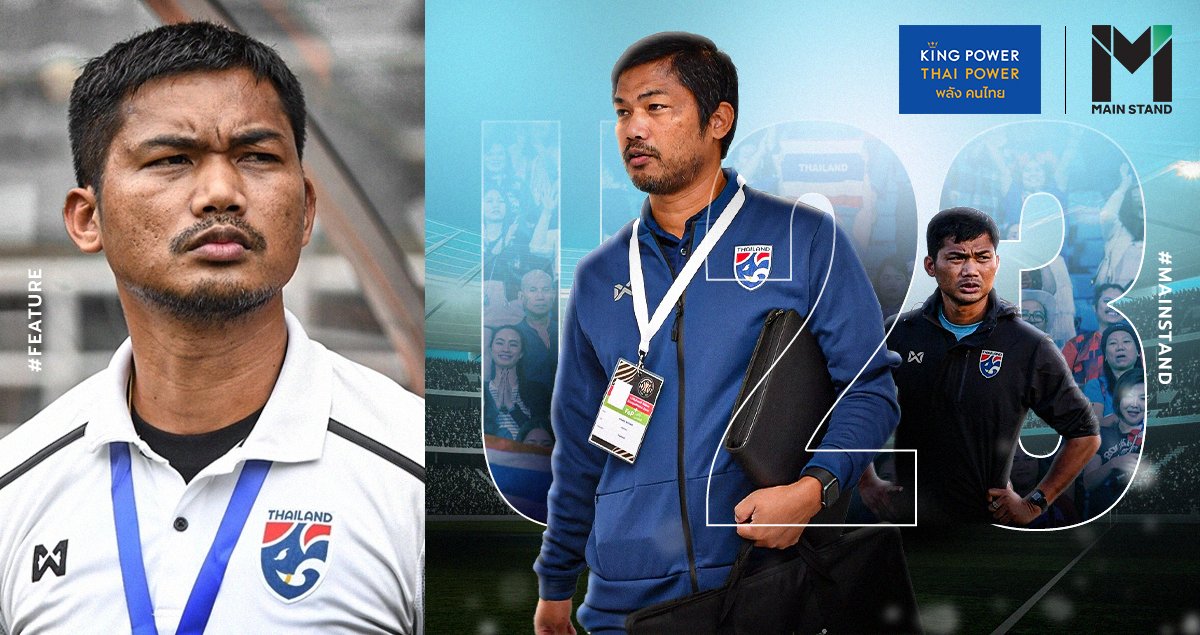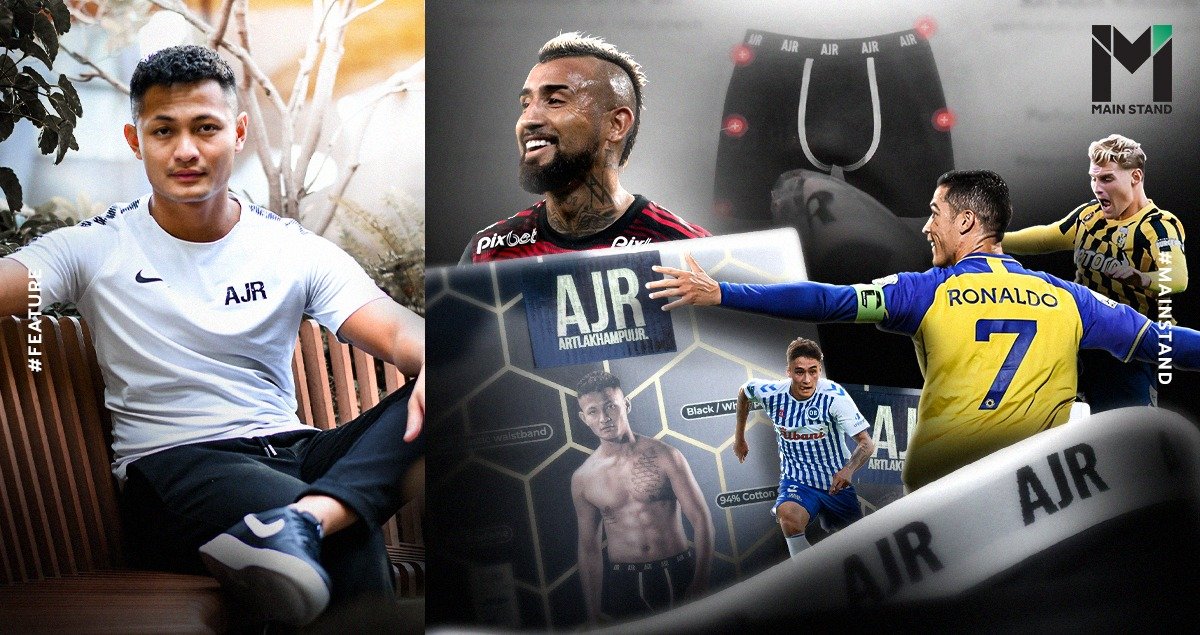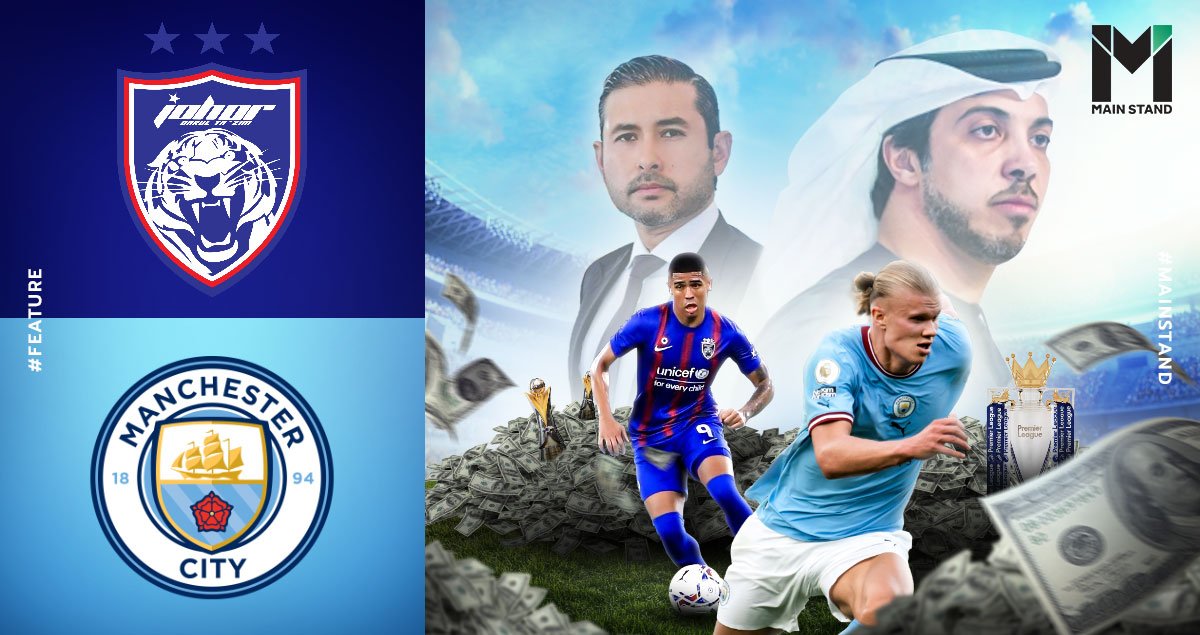
We all make comparisons. Whether Federer and Djokovic, Mercedes and Red Bull or even Premier League clubs and NBA franchises, all of which can fuel conversation and debate.
This is echoed in the football community, particularly in Southeast Asia. One of the exponentially rising juggernauts of Asian football, Johor Darul Ta’zim, known as JDT, has recently sparked immense interest in this continent.
Ever since Johor crown prince, Tunku Ismail Sultan Ibrahim, reformed Johor football in 2012, becoming president of JDT, the club has embarked on unrivaled success.
JDT have hoisted up nine-consecutive league titles, cementing their status as the outright kings of Malaysian football over the past decade. In this span, the Southern Tigers also clinched cup titles, embarked on continental adventures and refurnished facilities like few have in Asia.
Their unrivaled dominion has posed footballing fans the question, is there any team that resembles JDT’s exponential rise to the upper echelon? The answer to that is, yes, the reigning Premier League champions Manchester City are that team.
The nine-time Malaysia Super League champions resemble the five-time Premier League champions in a host of different methods, from boardroom level to on the pitch.
Hence, here on Main Stand with Agastya Bajaj, we explore JDT and Manchester City’s rise from mediocrity to untouchable through a side-by-side comparison displaying why the clubs resemble each other.
The unpalatable days
Before the respective takeovers, City’s in 2008 and JDT’s in 2012, both clubs were amid mediocrity.
For the Citizens, the club was attempting to re-establish themselves back in the top flight. City had an erratic spree of results collated with ownership changes.
Although the club managed to solidify a place as a top-flight team again since their promotion in the early parts of the decade, they were completely overshadowed by Manchester United’s untouchable dominance.
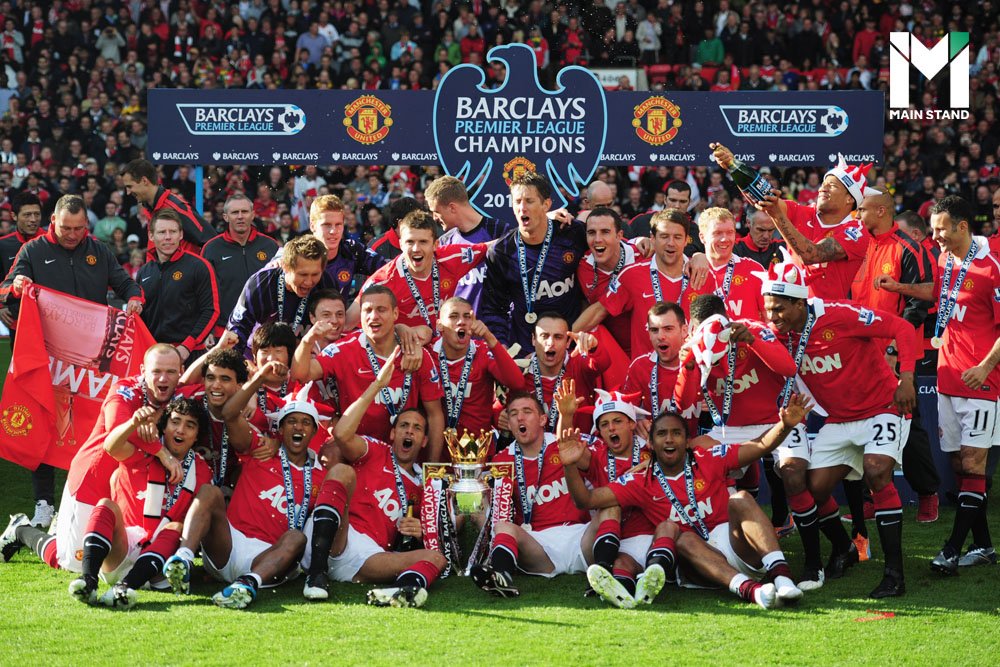
The Blues witnessing their direct rivals Manchester United contend and hoist up every piece of major silverware completely dampened their ascendency. It also put the club in the media’s shadows, always overlooked in their city due to United manager Sir Alex’s unfathomable dominance with Man United.
On the contrary, the Malaysian side of Johor Darul Ta’zim can echo this. Prior to the takeover, the Southern Tigers regularly floated around mid-table.
Regardless of the competition, the historical Malaysian side failed to mount any credible title challenge in any tournament. Whether it was the FA Cup, Malaysian cup, or domestic Super League, the club rarely came close to winning anything.
Evolution to revolution
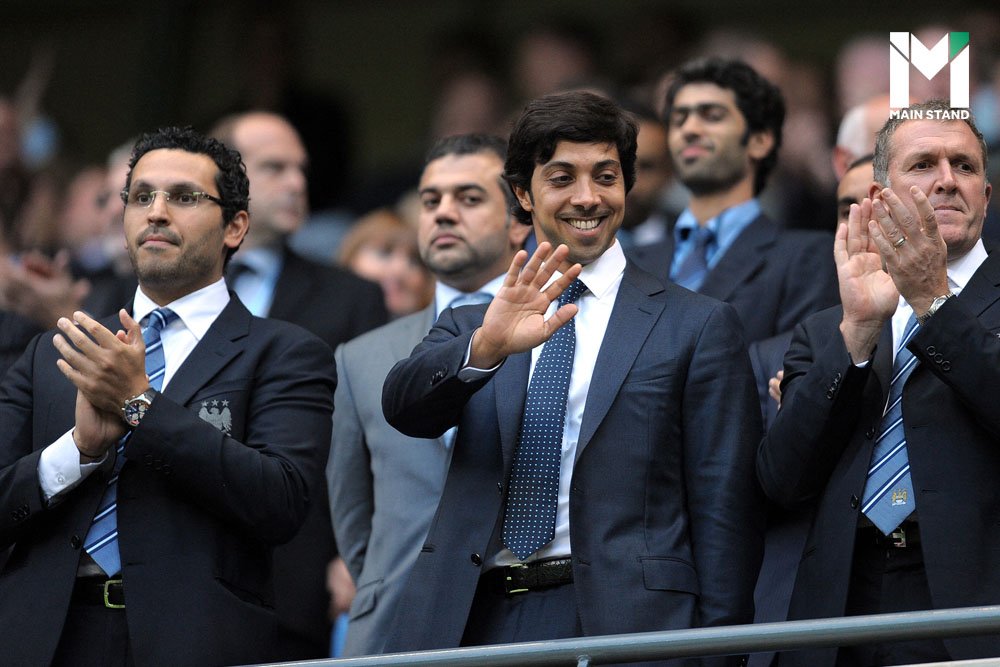
As such, after years of tussling between the second division and re-establishing their place in the mid-table of their respective Premier Leagues, the Citizens and Boys of Straits were finally poised for success.
In 2008, an Abu Dhabi consortium led by crown prince Sheik Mansour, purchased the club Manchester City. This made Man City the richest club on the planet, with Mansour accounting for a staggering estimated net worth of $17 billion.
On the other hand, In 2012 Johor crown prince and the heir to the Johor throne, Tunku Ismail Sultan Ibrahim was appointed President of the Johor FA.
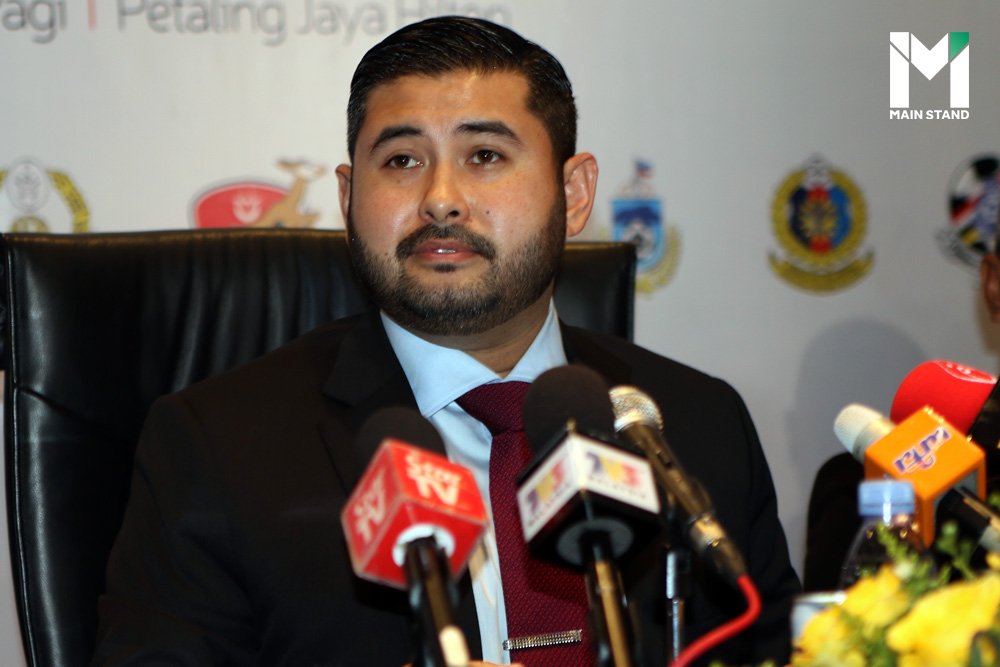
Both clubs immediately became state-owned clubs and the richest in their land. Despite being run by royalty in their region, both owners were incredibly ambitious, setting lofty goals and vying to see their clubs become the best in their respective leagues.
When City were taken over, the club was already well established in the Premier League financially and sporting-wise. The club had a relatively big market to work on and groundwork with the commonwealth stadium, known as the Etihad, already laid into the floor.
On the other hand, Tunku Ismail had to completely alter the landscape of Johor Football to ensure JDT could sustainably ascend the pecking order. With his immaculate passion for the sport and city, the wealthy crown prince proposed a vision that would alter the landscape of Johor for the foreseeable future.
During his initial few months in charge of the association, the crown prince’s prime goal was revamping the structure of Johor Football. This goal included a sporting and social revamp, clearing out deadwood and those linked to corruption scandals to ensure merited success is the utmost priority.
“That night, I told myself that I was going to change the face of Johor football,” said Tunku Ismail. “The next day, I had a meeting with the Johor FA people and I told every single one of them to clear the office and leave.
“It needed a fresh start and I wasn’t going to let corrupted individuals halt it.”

The crown prince also intended to collate the two most renowned Johor sides, Johor FC and Johor FA, into one team known as Johor Darul Ta’zim. This was done to enhance the ilk of football and elevate the prospect of sustainable success.
Hence, in 2013, when this vision transformed to fruition, the Harimau Selatan, also known as JDT, made their debut in the Malaysian Super League.
The crown prince also instantly expanded the capacity of Larkin Stadium, home of JDT. The heir to the throne wanted to enhance the appeal for fans to support and watch JDT games, and implemented season ticket passes that season.
To further elevate their reputation, Johor made a flurry of shrewd domestic and intentional acquisitions.
The crown prince successfully pursued the signings of former Spanish international and 2008 Euros winner Dani Guiza, and Italian midfield maestro, Simeone Del Nero, too.

These two initial revolutionary signings could be considered statement signings, with the Malaysian league foreign to the prospect of established European players.
However, the crown prince would not stop there. To strike fear into his opponents and enhance JDT’s reputation, the Sultan chased some of the best players in the division. He was able to allure established Malaysian Super League players Safiq Rahim and Safee Sali to the club, elevating their status as contenders.
The club also announced the appointment of Cesar Ferrando Jimenez as the new manager. The prospect of hiring a former Valencia and Atletico Madrid manager struck fear into the hearts of opponents, with a Malaysian football pipedream of alluring renowned European management to their league, transforming into a reality.
"Jimenez is currently studying our current players and opposition to have a team that will challenge for trophies in 2014," said Tunku during the manager’s press conference unveiling.
Whether intentional or not, the crown prince’s methodology and vision with ascending JDT up the pecking order completely emulated what Sheik Mansour did with City when he first purchased the club.

In Mansour’s first year at the club, to enhance the Citizens' reputability, the Abu Dhabi prince immediately sent shockwaves down the English pyramid by signing generational Brazilian talent Robinho. This was the epitome of a statement signing, with elite European clubs vying for his signature, with the player opting to join the Etihad side.
“That was the marker in the sand, signing Robinho for £32 million,” said club secretary Berry Halford to the Manchester Evening News.
Furthermore, in proceeding transfer windows, despite City not presenting the initial championship allure of Man United, Mansour was able to lure players of a high ilk.
His most notable signing was arguably United striker Carlos Tevez to the club in 2009.
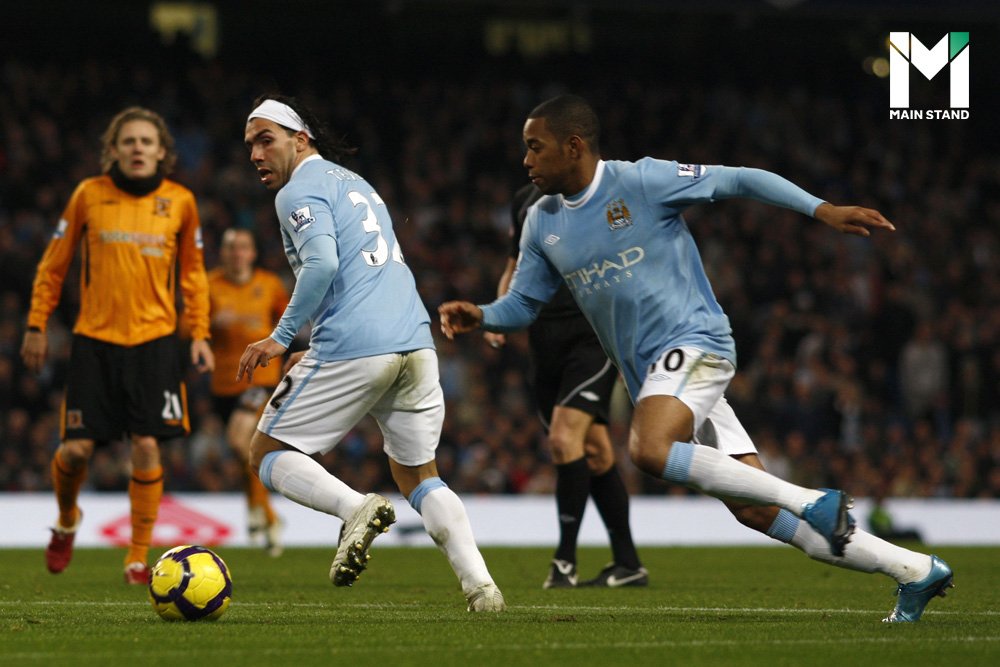
The signing of United superstar Tevez, a well-established player who was pivotal in United’s Premier League threepeat and Champions League triumph, garnered City the status of noisy neighbours.
As City and JDT flexed their muscles, clubs around the league and continent were alerted to the coming of age for these clubs.
The revolution begins
City and JDT took several seasons to establish themselves as title contenders, despite the purchasing power in the transfer market. Under tactician Roberto Mancini, City managed to ascend the pyramid slowly.
They made credible starts under the new ownership in season one of their revolution. Mancini’s side finished a respectable fifth in the league, producing City’s highest tally in league history up to date.
The club also made deep runs in the cup competitions, finishing in the latter stages of the FA Cup and Carling Cup, respectively.
As for the Malaysian side, in the club’s first season as JDT, they also made a credible start to their new era. The club reached the FA Cup final, beating former champions Pahang FA in the semi-final.
Although the club may have succumbed to Kelantan FC in the final, this was the club’s best-ever domestic cup run up to date.
However, the following season for both clubs was the beginning of unbridled dominion.
The following season in 2014, the Boys of Straits ascended into the Boys of the Nation, with JDT clinching their first-ever league title.
The team also made it to another final, the more coveted Malaysian Cup final. Unfortunately, the team lost a second successive cup final under the new regime, but it was an incredibly promising season for the city and refurnished team.

City also produced a fairytale second season under Mancini. City managed to cement the Sky Blues' status as one of the top teams in the league.
The club finished in the top four in the Premier League, clinching a place in the Champions League for the first ever occasion.
Similarly, JDT also clinched a place in the Asian edition of the competition in their second rebuild season, giving fans a host of optimism about what’s to come.
However, for City, it wasn’t their remarkable league resurgence that provided fans the optimism during the Mancini era.
It was a fairytale cup run which saw City eventually hoist the cup, an unprecedented title victory that was soon to become the norm for the side in Manchester.
The Boys of Malaysia & Manchester
The JDT league triumph enabled the club to compete in the Piala Sumbangsih, the equivalent of the Community Shield. The club emerged victorious in their first attempt, playing an attractive brand of relentless football to ambush Pahang FA 2-0 in the final and clinch the title in 2014.

In the same season, the club competed in the AFC Champions League qualifiers for the inaugural occasion. Although the team succumbed to Thailand’s BG Pathum United in the second round of qualifiers, it turned out to be a blessing in disguise, dropping to the AFC Cup.
The club embarked upon a fairytale run in this tournament, winning five of their six group games to advance to the knockouts.
The club annihilated Ayedwayday United in the round of 16, with a comprehensive 5-0 victory.
The club set up a clash against Hong Kong side South China in the quarter-final. JDT managed to emerge victorious by 4-2 on aggregate, with a 3-1 victory away from home sealing their place in the semi-finals.
“We’re into the semis of the AFC Cup this year and that’s incredible,” said the Sultan after the quarter-final victory. “But I won’t forget the moment we qualified for the AFC Cup last year. That was an important milestone in our long-term mission.
“When I first took over JDT, my goal was to create history. And history isn’t only created by winning trophies, it’s also by letting the world know of your existence, it’s also about having world-class facilities and being a world-class organization.
“As much as we wanted to do well in Malaysia, AFC Cup was always the priority, because it’s continental and it’s the best way to measure yourself against better teams and better players.”
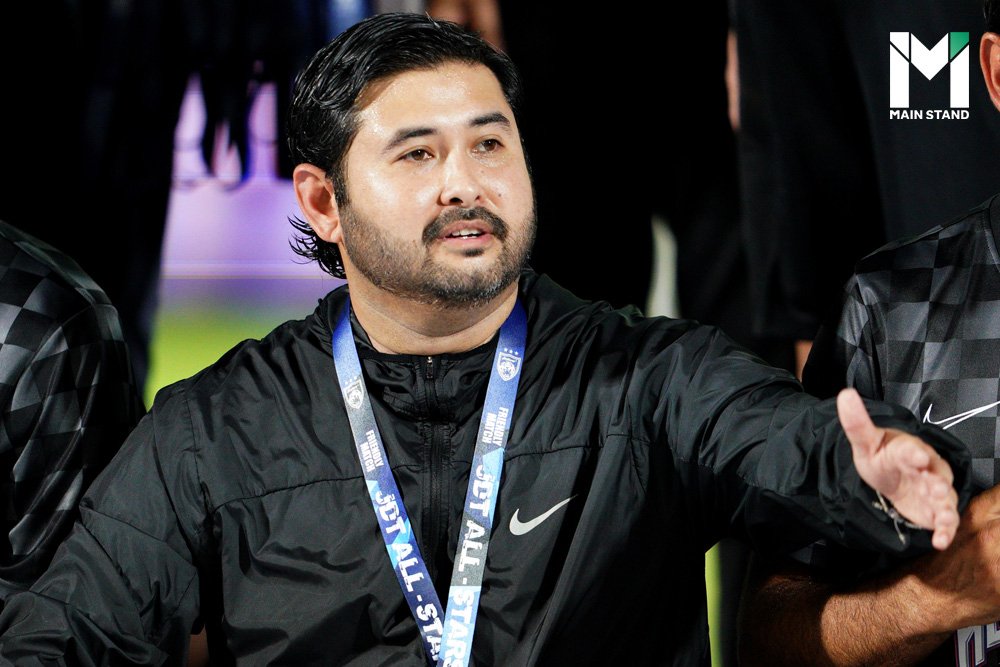
In the semi-final, although the side lost their first away tussle to Al Qadsia 3-1, the UAE side were unable to compete in the second leg, awarding JDT a walkover into their first continental final.
JDT faced Tajikistan side FC Istiklol in the final, becoming the first-ever South East Asian club to win a continental title. The club prevailed 1-0 in a nail-biting, high-octane AFC final separated courtesy of JDT’s legendary Argentinian number 10 Leandro Velazquez’s goal in the final.
“I will always remember the goal in the final,” said Velazquez, implying how this moment will be etched in JDT folklore and as a memory in his career.
In the midst of this historical continental triumph, JDT clinched their second and consecutive league title. The Boys of Straits managed to win the league by seven points, a comfortable margin that would establish them as the best side in Malaysian football.

On the other hand, across the pond, the third season under Roberto Mancini became the season City would officially emerge as the best team in the country.
In season three, City had ascended their credentials from continental challengers to title challengers. In the initial portions of the season, City and United were side by side til October. The title race was poised to be between the two Manchester sides, with the other two London contenders seemingly out of shape that season.
In October, once the Manchester title fight was clear, the club produced one of the greatest results in Premier League history. The side traveled to Old Trafford, ambushing Man United a staggering 6-1 at home.
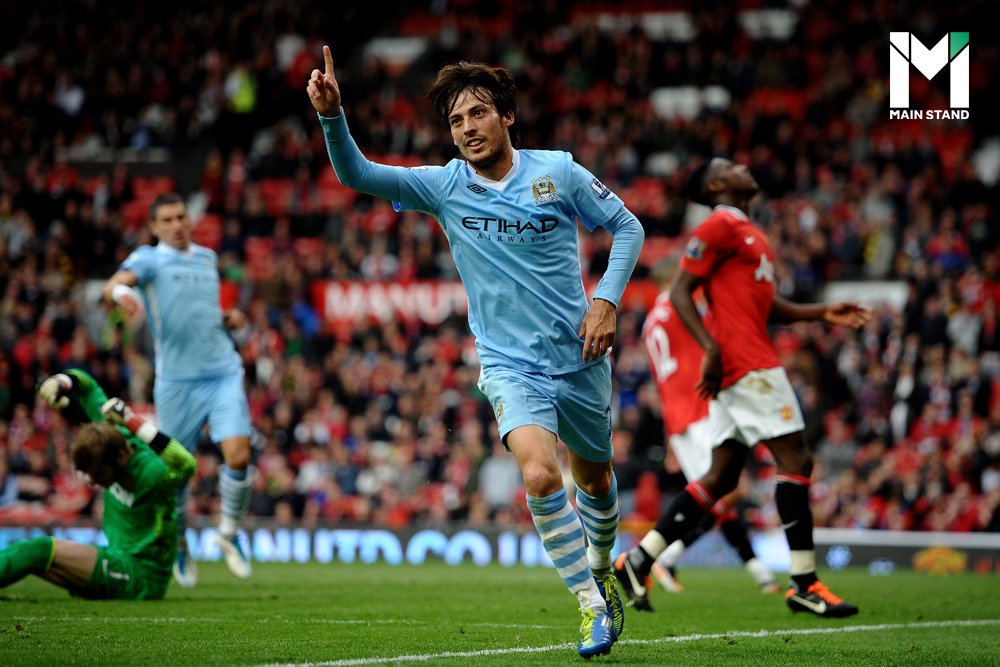
“By the end of the Demolition Derby, Manchester City fans were convulsed with joy, reveling in the sight of the majestic David Silva putting the champions to the sword, serenading Sir Alex Ferguson with ‘getting sacked in the morning’ and designing their Six and the City T-shirts. Incredible,” said Daily Telegraph reporter Henry Winter, after derby day.
This was the first occasion the Red Devils conceded six at home in nearly a century. This also became the side’s biggest defeat in Premier League history, which could signify what was to come.
As such, the title race went to the final day of the season. United and City were neck and neck on points, 86 apiece, with the goal difference favoring the Citizens. A win for City against QPR at home would mean they become champions for the first occasion in the club’s history.
After 90 minutes, United had prevailed 1-0 against Sunderland and City were losing 2-1 at home to QPR. “Typical City” was what the fanbase was uttering, a side renowned for falling short when the occasion was at the highest, a trend demonstrated before the takeover.
However, during the few minutes of additional time, when all hope was lost, City produced the most remarkable comeback in Premier League history. When United fans believed they had clinched their record-extending 13th Premier League title, City striker Edin Dzeko had equalized for City with a few minutes remaining in the match.
City still needed a goal to prevail, and with one of the last kicks of the game, in the 93rd minute, Aguero netted the most iconic goal in the Premier League. From humiliation and agony for City to jubilation and ecstasy.
Sheik Mansour’s vision of disrupting his neighbor's dominion came to fruition. The two sides embroiled in mediocrity were no longer mediocre but rather remarkable. Both sides clinched their first league titles in modern history in season three of Mancini’s reign and Tumail’s takeover signified the potential changing of the guard.
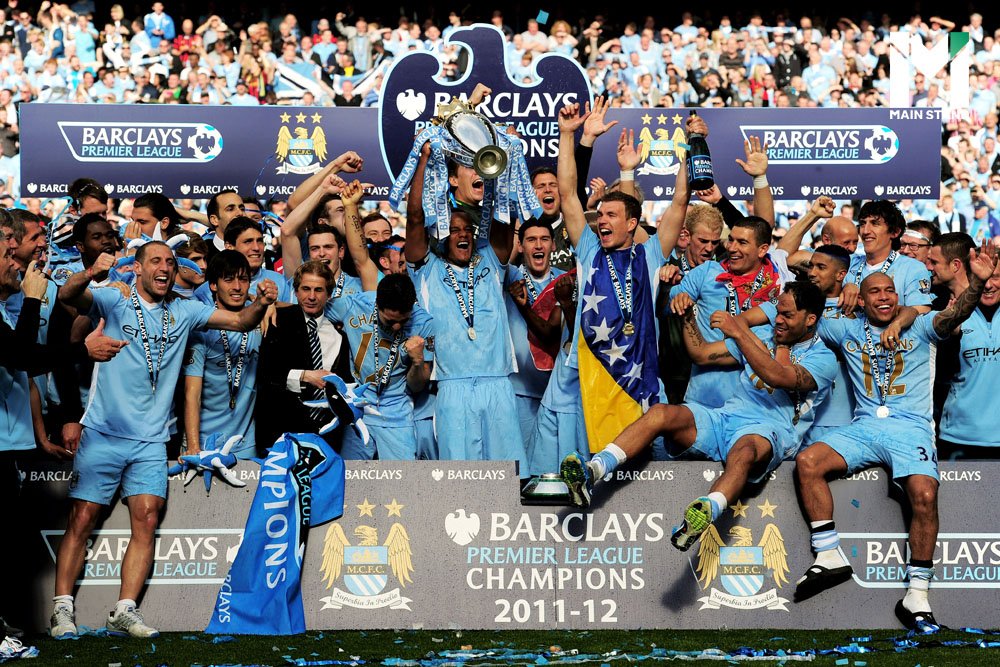
Unparalleled dominance
When discussing dominance in sports, prominent examples include Rafa Nadal’s 13 Roland Garros titles or Michael Jordan’s six championships and eight seasons.
From a team standpoint, JDT has been constructing something remarkable and unheard of. In this past season, the side produced another invincible campaign, their second flawless campaign in the past three seasons. The team won 17 matches this season and drew the remaining seven, another comprehensive victory.
This previous campaign also made it a staggering nine consecutive league titles. Ever since the Boys of Straits ascended into the Boys of Malaysia in 2015, the team has been far from the rest and unequivocal within the region.
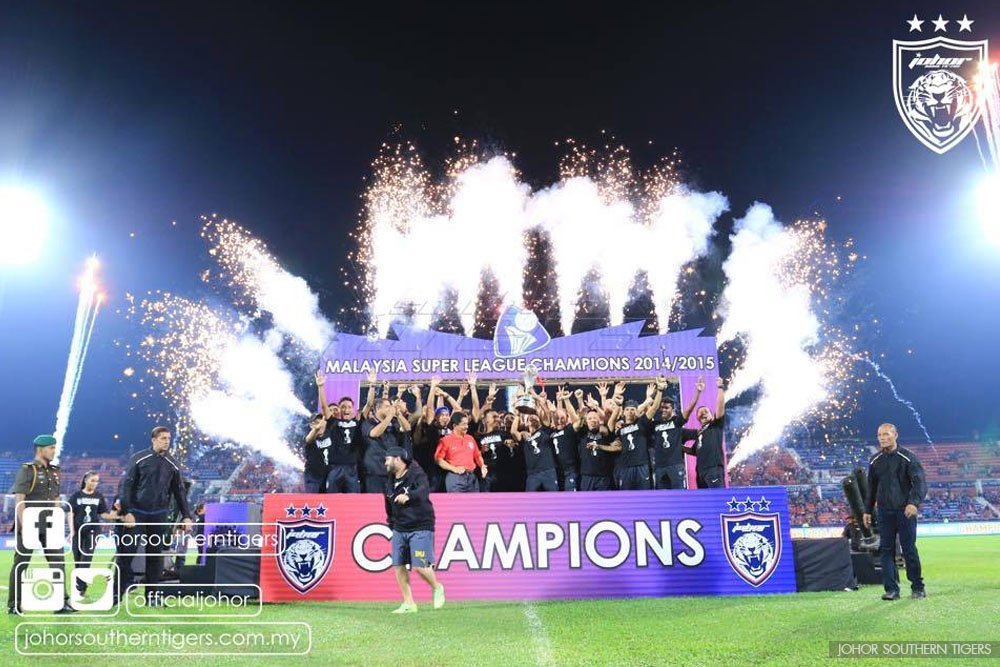
The club have only lost a staggering six matches in the past seven campaigns, an untouchable feat. Yes, that is right, they have played in more seasons than lost matches in this span.
The Citizens can also echo this. After clinching their first league title in 2012, although they lost to United in Sir Alex’s final season in 2013, the club hasn’t fallen out of the top four since their title victory.
The club has also managed to garner six Premier League titles in the past decade.
Since the club appointed manager Pep Guardiola six years ago, they have gone from favorites to untouchable. The club has managed to win four of the last six Premier League titles. However, similar to JDT, it isn’t the amount they have won but rather the manner they prevailed.
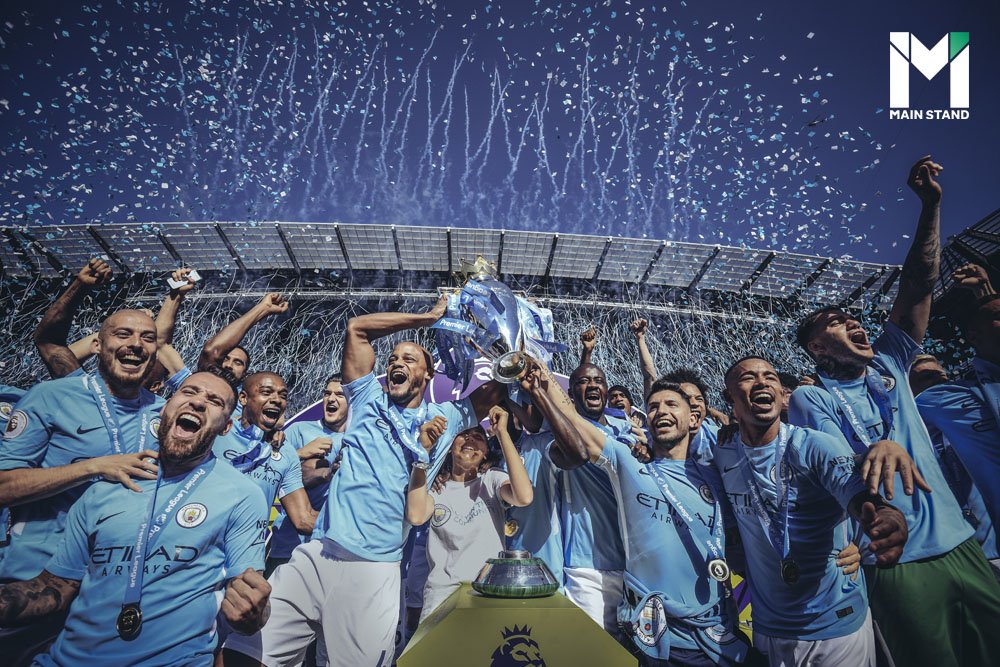
In this span, City have cemented its status as a regular title favorite. The blues have become the only side to produce a 100-point tally in a season.
In addition, they have engraved the mantle as Manchester’s best side, with the red side of Manchester dwindling into mediocrity since the departure of arguably the greatest manager of all time, Sir Alex.
City has also pushed the barometer to untenable levels. The side has relentlessly, robotically, and reliably produced a possession-based pressing style and dominated every team in the league.
The duality in ambition is unequivocal, too, with City owners, directors and management working hand in hand under a clear, attractive and winning philosophy. On the contrary, Man United has become the most seismic yet discombobulated side out there.
Currently, the Citizens are heavy favorites to win the Premier League title for the third successive season.
The canny resemblance
Based on this, it is evident that City and JDT boast a flurry of resemblances in transfer market strategy and how they have ascended on the pitch results-wise.
However, these sporting and purchasing power resemblances aren’t the only similarities cementing this comparison. Both clubs still do present a host of similarities on the boardroom level.
Both clubs are state-owned clubs, City by UAE royalty and JDT by the Johor crown prince, with the highest ambitions for their clubs.
“In five to ten years from home, hopefully we can compete with Asia’s best,” said the Crown Prince. “But there’s never a ceiling to this, is there? You can never really stop and say, we are now successful enough.
“The philosophy is always an ongoing chase, we must never get too comfortable. I’m always telling everyone around the club, the number one hindrance to growth, is laziness and comfort.
“The day JDT players and staff get comfortable with what they’ve achieved, that’s the day, the club dies.
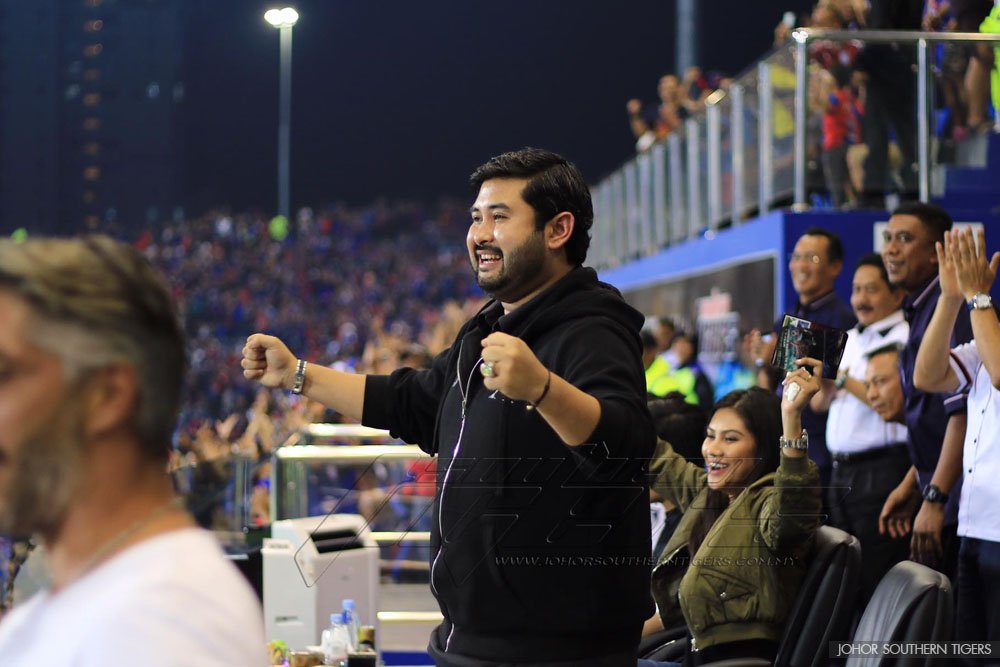
“But I will not let that happen, and judging by how things are going I don’t think the fans would let that happen as well.
“In Johor, over the decades and centuries, we’ve always encouraged people to be united and committed to a cause.
“So politicians may instigate racist sentiments, but the people of Johor will always be racially united and that very unity will go on to become the backbone of this football club.” said Tunku, outlying his lofty ambitions.
On the other hand, Sheik Mansour relayed this ilk of sentiment, saying City’s ambition is “large and limitless”
Since the appointment of Pep Guardiola, City’s philosophy has completely altered positively. Whether it’s from the academy up to the first team, the philosophy is clear. Play a brand of attractive, possession-based football, developing youngsters who fit the billing and sustain success for a long period.
Both clubs also pride themselves on youth development to sustain a long period of success. The teams have intensive scouting models and programs, with City using partnered clubs across the globe such as Girona and Yokohama for external development and scouting.
JDT also has academies across the globe with a prominent one in Spain. This emulates City’s methodology of going global for youth scouting, an unorthodox but welcome feat for clubs in this region.
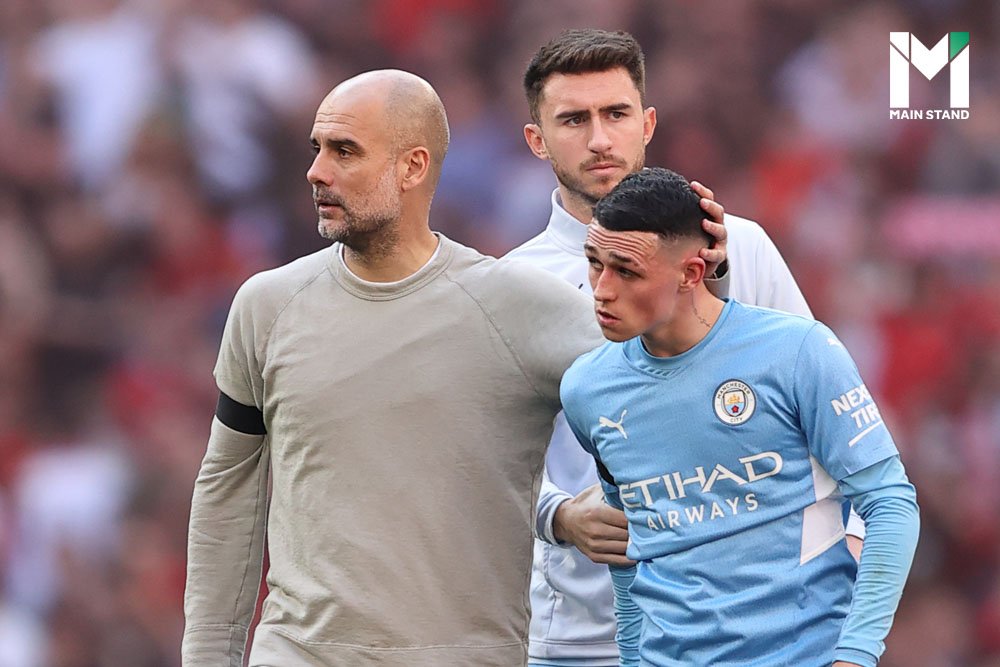
Both sides have also invested in completely new training facilities. The City Football Academy, constructed by the middle eastern ownership regime, is home to the most pitches of any training academy on the planet.
It is arguably the most developed and largest training facility on the planet. The men’s first team, women’s first team, and academy all train on their lucrative and state-of-the-art pitches.
From minute details in the dressing room to distinctive camera placements across the training pitches, the CFA is an alluring and brilliant environment to enhance a team’s tactical ability.
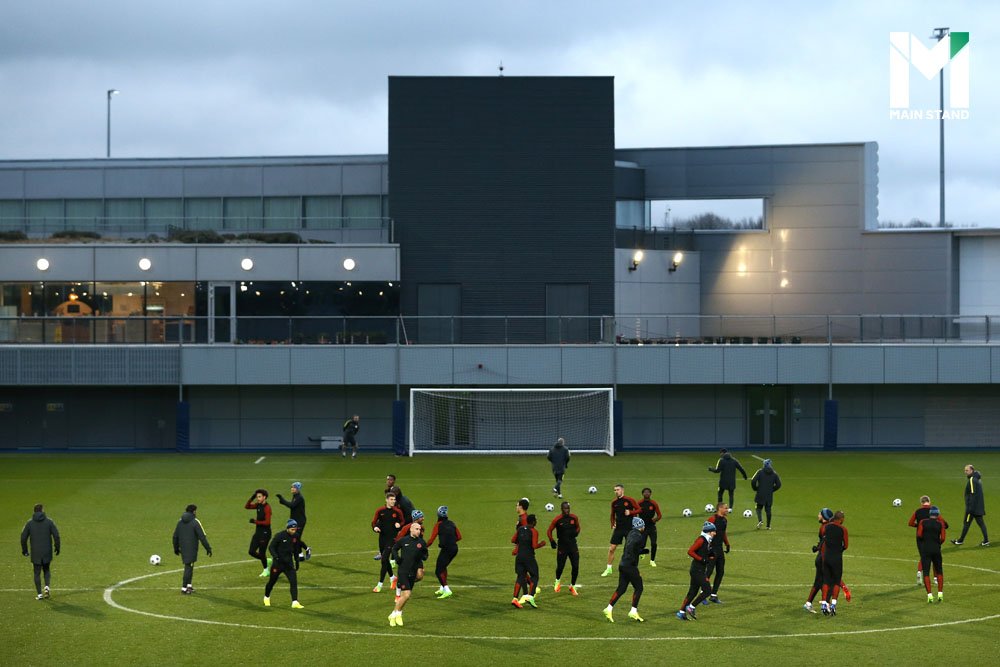
The crown prince Tunku has also adopted a similar plan with JDT. The club has and continues to develop a new stadium, sporting facilities, and places such as a hotel, apartment, and shopping mall.
JDT’s new Sultan Ibrahim Stadium also emulates the Etihad to some degree
The club built this new stadium a couple of years ago, and its interior design is similar to the Etihad Stadium. It boasts an uncharacteristically high ilk and caliber of infrastructure, allowing it to be the crown jewel within this region. The color patterning of the stadium also mimics the blue to City, emphasizing the direct comparison between the two sides.
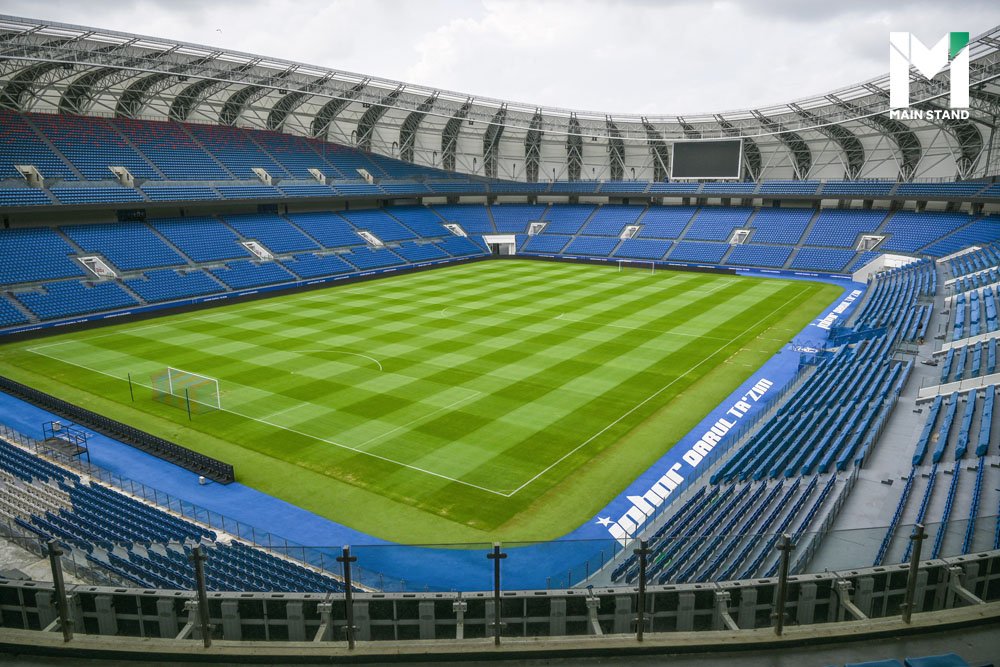
The two ownership regimes have also told their societies a priority is the community. As such, both clubs have various inclusive social programs for the community to enhance interest in the sport and morale.
“It is our ambition to increase participation in football on and off the field, to find and develop the best footballing talent, and to deliver an exciting and forward playing game.
“By achieving these ambitions – playing attractive football, engaging our community of passionate fans and adopting a uniquely global yet local approach – we are growing a sustainable and socially responsible organisation, consistent with what ‘City’ football has meant to people”, a statement echoed on the City Football website.
Finally, similar to JDT, it doesn’t feel like either side’s dominion and chokehold on their respective division will be dwindling any moment soon. Both ownership models, CFG and JDT, have demonstrated their unrivaled purchasing power within their divisions.
Ever since City and JDT elevated to continental positions, neither side has remarkably fallen off since the only teams to replicate this in their respective division.
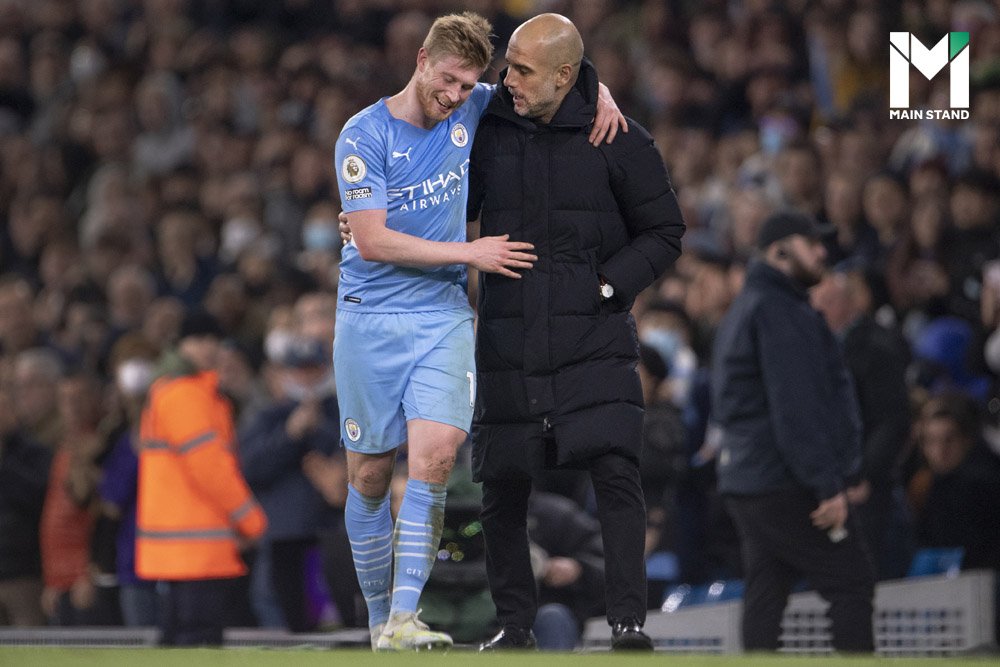
This purchasing power has allowed both clubs to allure players traditionally above their weight.
JDT have managed to allure some of the best players in the Malaysian division and a former elite manager in Jimenez.
While City have appointed arguably the most tactically talented manager in Pep Guardiola, despite not having a near historical pull to the ilk of Man United, Liverpool, and Milan, for example.
The bulk of Premier League fans and Malaysian fans have also become accustomed to predicting City and JDT to regain their titles before the season ensues. Some have labeled it unfair, with both having unrivaled purchasing power and established facilities.
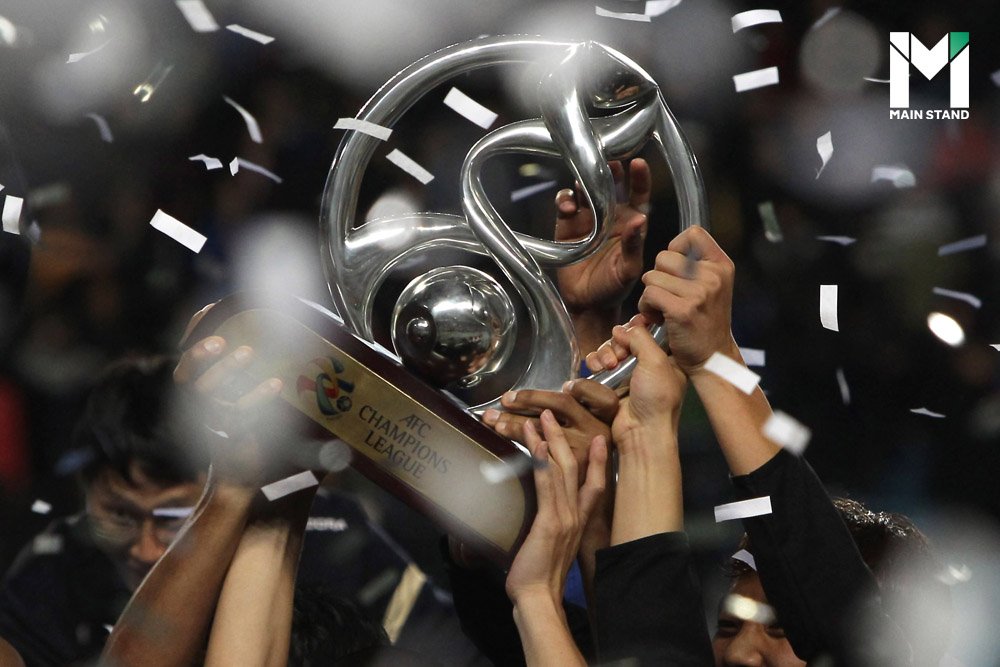
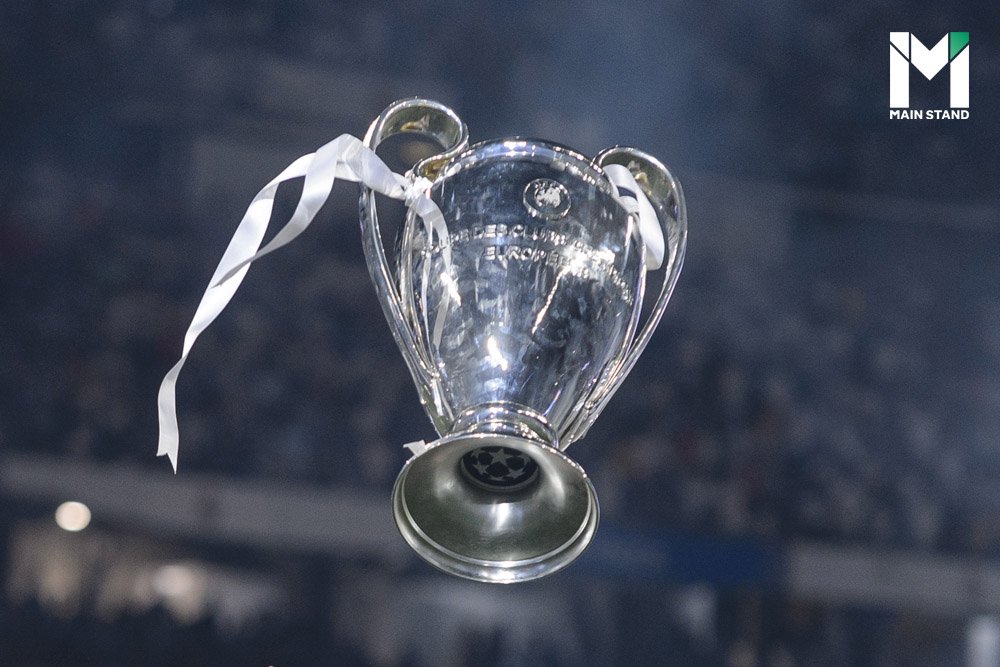
The elephant in the room for both, however are their continental struggles though. Despite their glittering success domestically, both hoisting up every domestic honor regularly, neither side are yet to clinch the biggest continental competition.
Sure, City have hoisted up the Cup Winners Cup and JDT the AFC Cup, but the coveted Champions League and AFC edition also are missing from their growing list of honors.
Regardless, Johor Darul Ta’zim and Manchester City are two champions from different continents who share the common goal of conquering everything in front of them.
Both ownership models have mimicked a similar ascendancy strategy and have completely altered the landscape of their respective leagues.
Through ambition, commitment, purchasing power and shrewd management, their dominion has been unpalatable for opponents while unfathomable for themselves.
Sources
https://www.nst.com.my/sports/football/2021/06/702621/once-hero-always-hero-jdt
https://www.thesundaily.my/home/jdt-s-success-will-be-catalyst-for-malaysian-football-hamidin-DL9148764
https://www.facebook.com/johorsoutherntigers.com.my/posts/tmj-godfather-bolasepak-malaysia-idola-saya-selain-ayahanda-saya-adalah-fidel-ca/534727070023930/



